When it comes to wealth, history is full of stories about people whose riches seem almost mythical. You might imagine modern tech billionaires topping the list, but history tells a different tale. These people amassed fortunes that not only exceeded the GDP of some countries but also reshaped the world in unexpected ways. Here’s a glimpse into the lives of the wealthiest people ever, whose influence continues to echo through time.
1. Mansa Musa
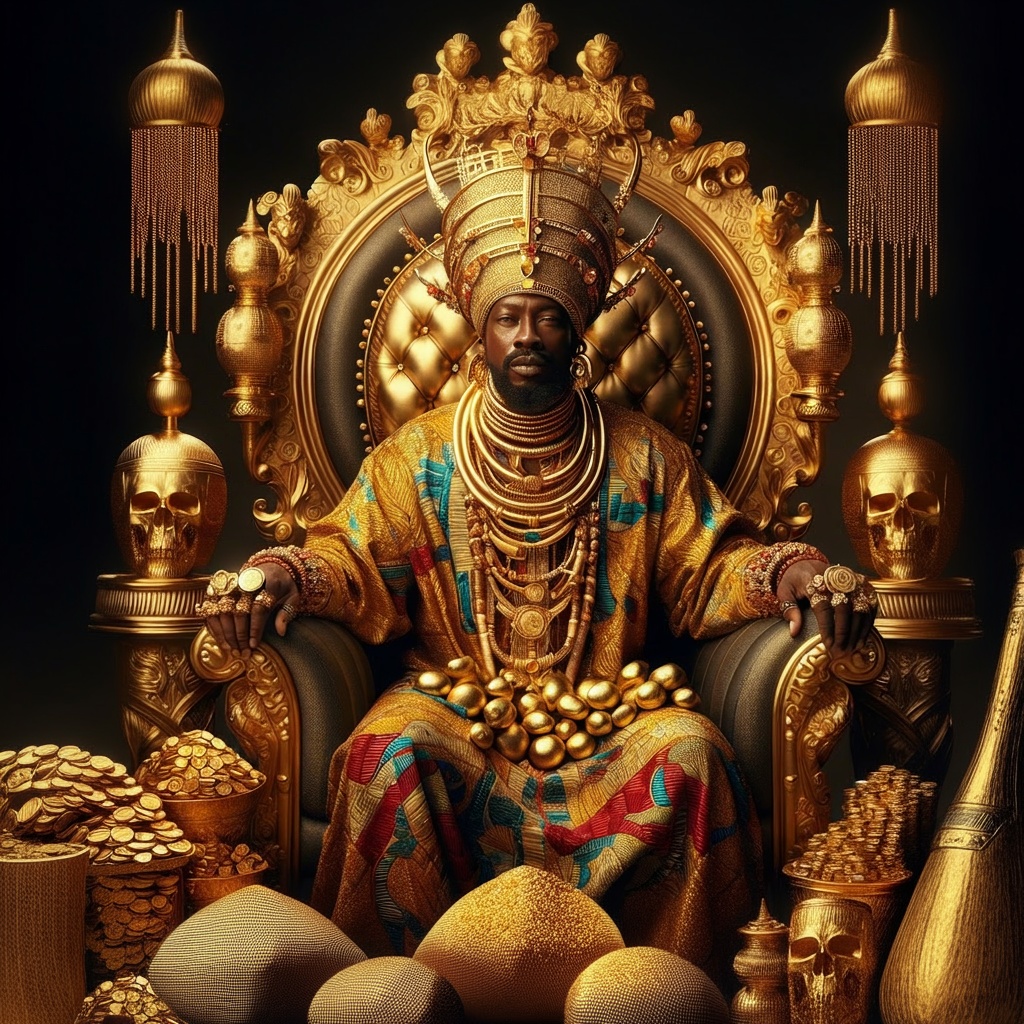
Imagine having so much gold that your spending single-handedly destabilizes a region’s economy. That’s the story of Mansa Musa, the 14th-century ruler of the Mali Empire. His wealth was so immense that when he traveled to Mecca, his lavish spending flooded the markets with gold, causing a mass devaluation. Musa’s pilgrimage is still remembered as a legendary display of opulence, marked by a caravan that included thousands of attendants and camels laden with his fortune. According to historian Richard Smith, Mansa Musa’s wealth is hard to quantify, but it’s widely acknowledged as unparalleled.
But Musa wasn’t just about gold and glory. He was a visionary leader who invested heavily in education and culture, turning Timbuktu into a thriving center of learning. His patronage attracted scholars, architects, and artists from across the Islamic world, making the Mali Empire a beacon of civilization. Musa’s legacy is a testament to how wealth can shape societies beyond material abundance. Today, his reign is not only remembered for its riches but also for its cultural and educational advancements.
2. Augustus Caesar
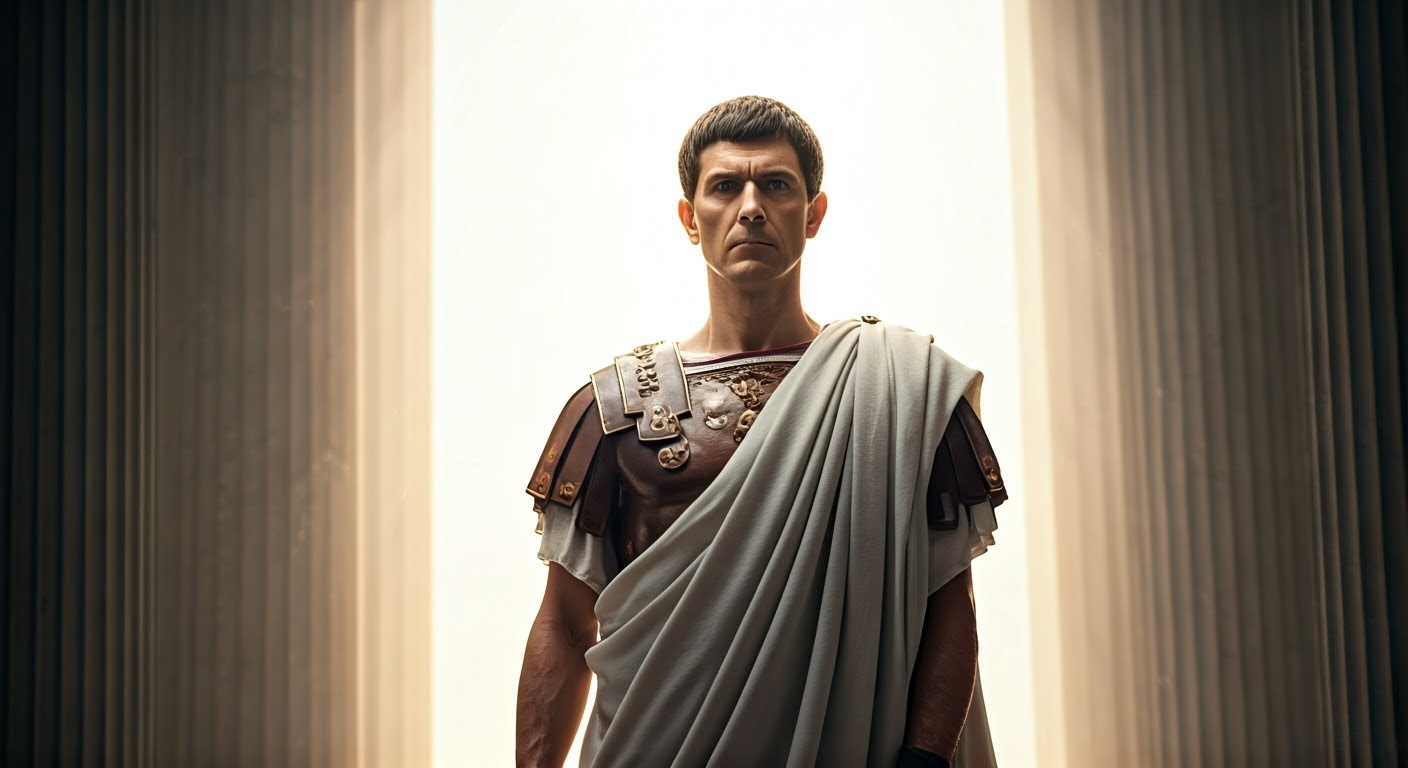
Augustus Caesar might not be the first name you think of when considering wealthy people, but his empire-building conquests made him incredibly rich. As the first emperor of Rome, Augustus had control over the empire’s vast resources. His personal fortune, supplemented by the spoils of war and taxes collected from conquered lands, was enormous. Augustus used his wealth to fund massive building projects, including roads, temples, and the majestic Forum of Augustus, solidifying his legacy and Rome’s dominance.
But Augustus wasn’t just about grand structures and military might. His reign ushered in the Pax Romana, a period of relative peace that allowed for economic growth and stability across the empire. Augustus’ wealth was instrumental in maintaining this peace, as he invested in infrastructure that facilitated trade and improved communication. His ability to balance power with prosperity is a lesson in how wealth can be used to foster a stable and thriving society.
3. Emperor Shenzong Of Song

During the 11th century, China’s Song Dynasty was one of the world’s most prosperous and technologically advanced societies. At the helm was Emperor Shenzong, whose reign saw unprecedented economic growth and innovation. His wealth stemmed from the dynasty’s robust trade networks, agricultural advancements, and state monopolies on industries like tea and salt. According to economist Timothy Brook in “The Troubling Case of Emperor Shenzong’s Economy,” the Song economy was a forerunner of modern capitalism, with a complex financial system that included paper money and credit.
Shenzong’s reign wasn’t just about accumulating wealth; he was a reformer who sought to improve the lives of his subjects. He implemented policies to reduce corruption, promote education, and support the welfare of the poor. His efforts to balance economic growth with social equity left a lasting impact on Chinese society. Shenzong’s legacy is a fascinating study of how wealth and statecraft can work hand in hand to build a thriving nation.
4. Akbar The Great
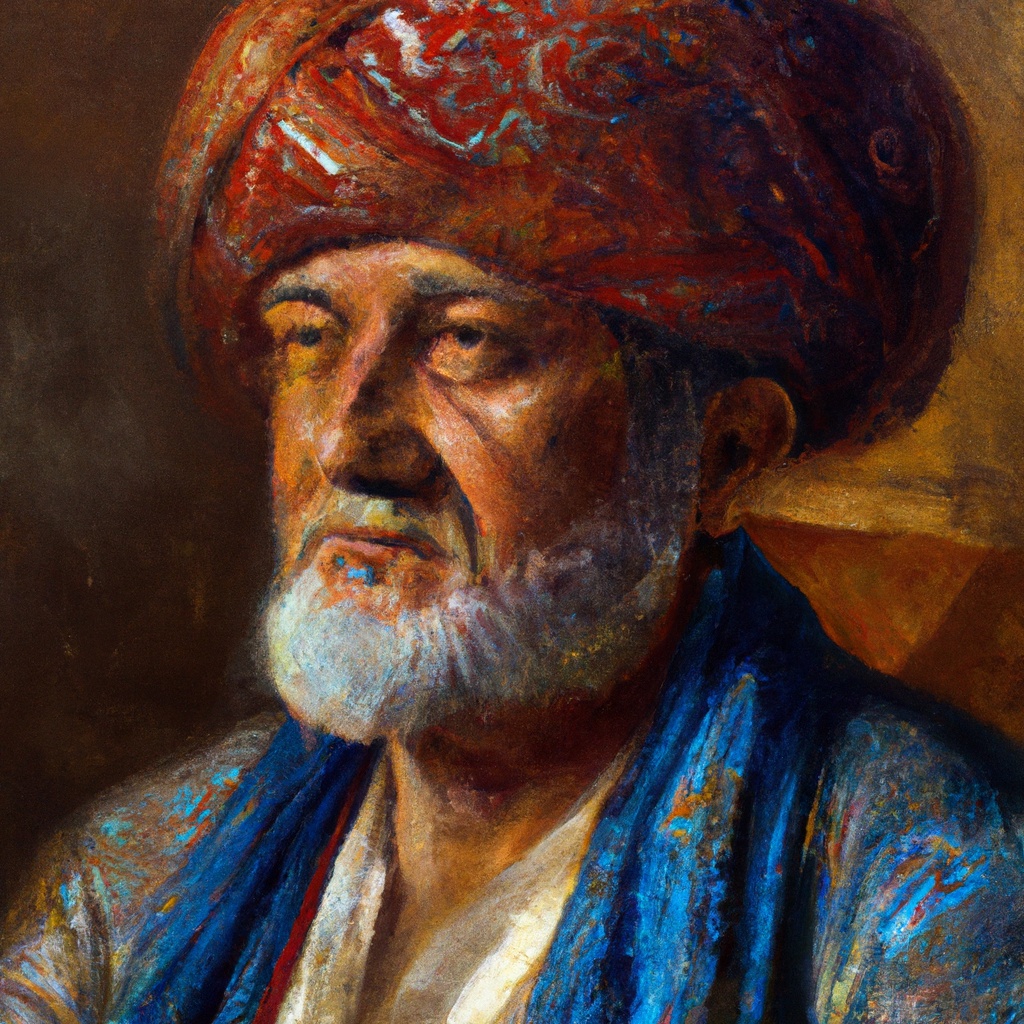
Akbar the Great, one of the most illustrious rulers of the Mughal Empire, was renowned for his immense wealth and progressive policies. His empire stretched across much of the Indian subcontinent, bringing in riches from diverse regions. Akbar’s wealth was a blend of acquired territories, lucrative trade routes, and a well-managed taxation system. However, it wasn’t just his fortune that made him great; it was his ability to unify a vast and culturally diverse empire.
Akbar’s reign was marked by his policy of tolerance and inclusion, which endeared him to his subjects. He instituted a centralized system of administration, promoting merit over birthright, and encouraged cultural and religious syncretism. Akbar’s patronage of the arts led to a flourishing of culture, with advances in architecture, painting, and music. His visionary governance demonstrates that true wealth lies in the harmonious integration of economic power and cultural richness.
5. Andrew Carnegie

Andrew Carnegie, the steel magnate of the 19th century, made his fortune during the American industrial boom. Starting from humble beginnings, Carnegie built an empire based on steel manufacturing, revolutionizing the industry with his innovations. His wealth grew exponentially as steel became the backbone of modern infrastructure in the United States. Carnegie wasn’t just about accumulating wealth; he famously believed in the “Gospel of Wealth,” advocating for the rich to use their fortunes to benefit society.
Carnegie’s philanthropy set a precedent for future generations of wealthy people. He donated a vast portion of his wealth to create libraries, educational institutions, and various charitable organizations. According to historian David Nasaw in “Andrew Carnegie,” Carnegie’s approach to wealth was transformative, emphasizing the importance of giving back. His legacy endures in the institutions he founded, illustrating the power of wealth to drive social progress.
6. John D. Rockefeller
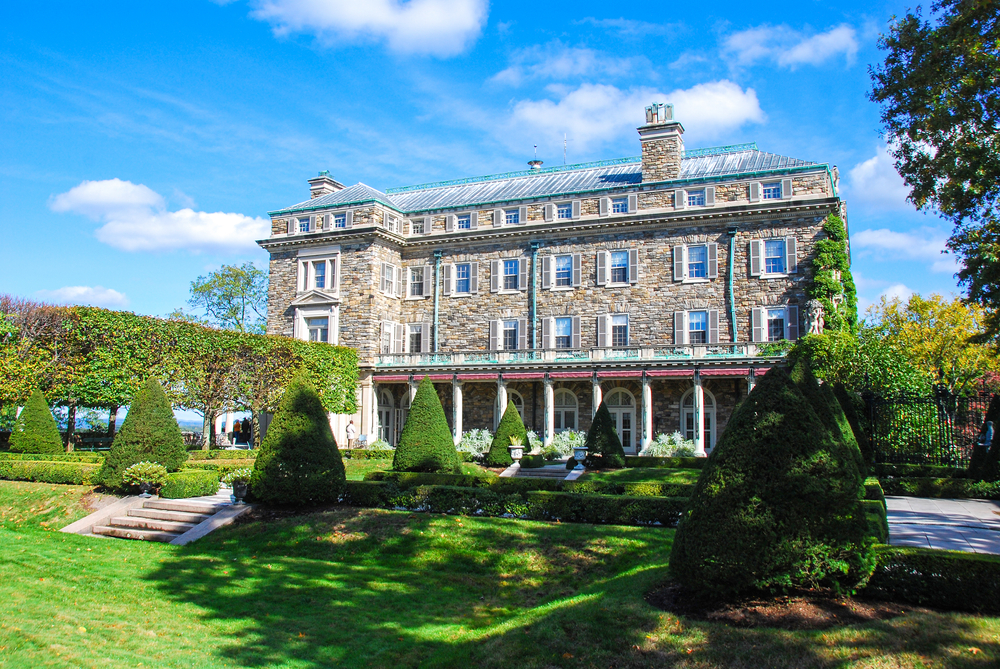
John D. Rockefeller’s name is synonymous with the oil industry, as he founded the Standard Oil Company, which dominated the sector in the late 19th and early 20th centuries. Considered the first true American magnate, Rockefeller’s fortune was built on strategic business practices and ruthless competition. His approach to wealth creation was revolutionary, employing techniques like vertical integration and monopolistic tactics to control the market. By the time of his retirement, Rockefeller’s wealth was the largest ever amassed in modern history.
However, Rockefeller’s story doesn’t end with his business acumen. Like Carnegie, he was deeply committed to philanthropy, focusing on education, public health, and scientific research. He established foundations that have continued to impact society long after his death, including the University of Chicago and the Rockefeller Foundation. Rockefeller’s life is a complex narrative of ambition, innovation, and the enduring impact of using wealth to address societal challenges.
7. Joseph Stalin

While Joseph Stalin might be an unexpected entry on this list, his control over the vast resources of the Soviet Union made him one of the most powerful—and by some measures, wealthiest—people in history. Stalin’s wealth wasn’t personal in the traditional sense; it was the wealth of a state that he wielded with absolute authority. Under his regime, the USSR’s industrial capabilities expanded dramatically, and its military became one of the most formidable in the world. Historian Robert Service notes in “Stalin: A Biography” that Stalin’s influence was as much about power as it was about wealth, reshaping the Soviet Union into a global superpower.
Yet, Stalin’s legacy is highly contentious due to the oppressive nature of his rule. His economic modernization came at an enormous human cost, with policies that led to widespread famine and political purges. Stalin’s era is a stark reminder of how wealth and power, when concentrated in the hands of one, can have devastating consequences. His reign remains a pivotal chapter in history, illustrating the complex interplay between wealth, power, and human suffering.
8. Augustus Pugin
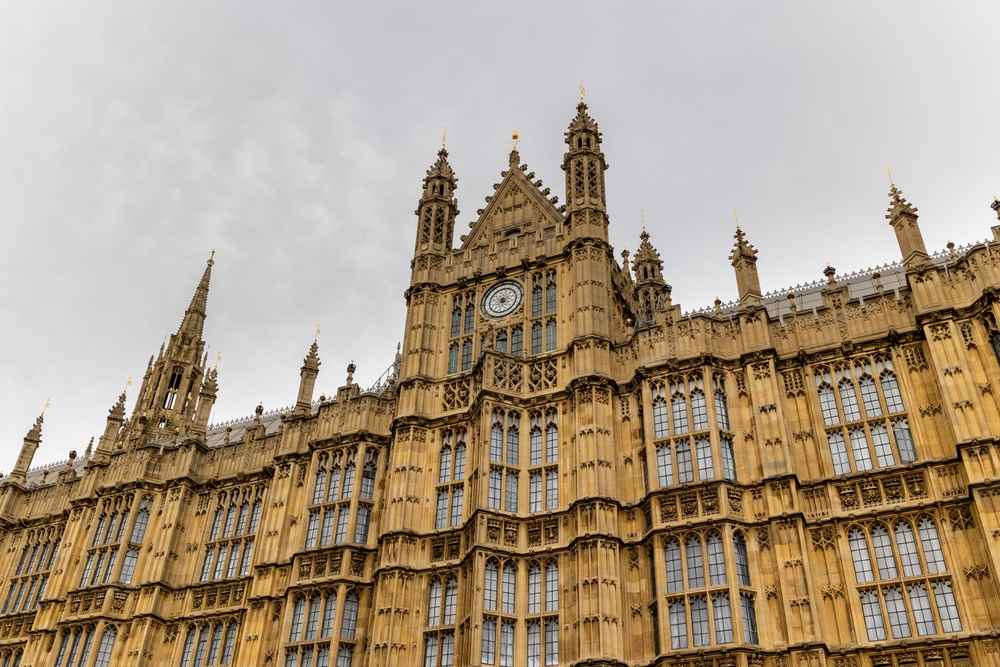
Augustus Pugin might not be as wealthy as others on this list by traditional metrics, but his influence on architecture and design was priceless. The 19th-century architect and designer is famed for his role in the Gothic Revival movement, which left a lasting mark on not just the physical landscape but also cultural aesthetics. Pugin’s work on the Houses of Parliament in London is particularly renowned, bringing a sense of grandeur and historical continuity to modern architecture. His designs married functionality with beauty, influencing architectural styles across continents.
Pugin’s wealth, measured not in currency but in cultural capital, was prodigious. His design principles advocated for a return to craftsmanship and authenticity in an era increasingly dominated by industrialization. Pugin’s ideas about architecture as a reflection of morality and society resonated widely, leaving a legacy that went beyond buildings to influence art, fashion, and even social structures. His life illustrates that wealth isn’t always about money; sometimes, it’s about the enduring values and aesthetics that shape our world.
9. William The Conqueror
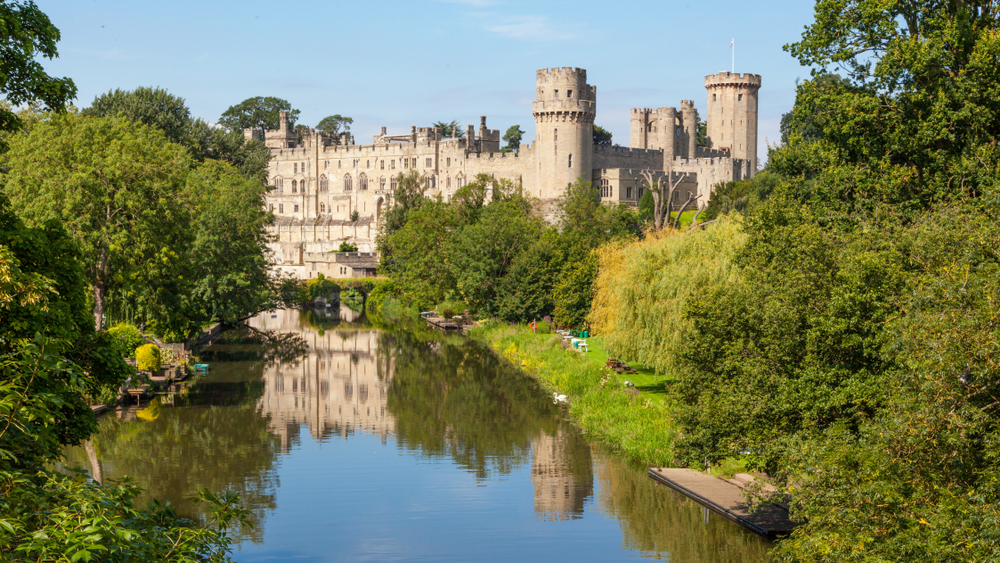
William the Conqueror’s tale is one of legendary conquest, as the Duke of Normandy who became the King of England in 1066. His victory at the Battle of Hastings not only altered the course of English history but also made him one of the wealthiest rulers of his time. William’s wealth came from vast land holdings and the feudal system he established, which redistributed the riches of England to his followers. His strategic land grants created a new aristocracy loyal to him, consolidating his power and wealth.
But William’s legacy isn’t just about land and titles. His reign laid the groundwork for the modern British state, with administrative reforms that centralized power and introduced systematic governance. The Domesday Book, commissioned by William, was a revolutionary survey of his kingdom’s resources, illustrating his meticulous approach to wealth management. William’s life is a testament to how conquest and governance can transform wealth into a lasting legacy.
10. Alan Rufus
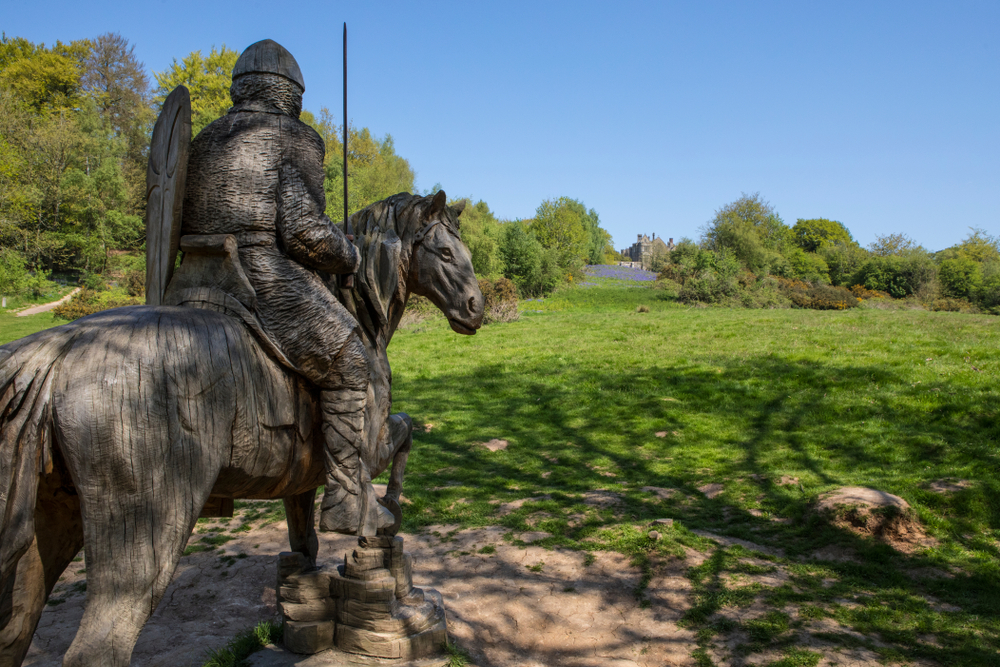
Alan Rufus, also known as Alan the Red, was a Breton nobleman who accompanied William the Conqueror during his conquest of England. His loyalty was richly rewarded, and he became one of the wealthiest landowners in England. Rufus’s holdings, spread across several counties, made him one of the richest people of his era, with wealth derived from vast estates and the feudal dues they generated. His gained titles and lands not only boosted his fortune but also his influence in the medieval power structure.
Rufus’s life was intricately linked to the political dynamics of 11th-century England. His wealth allowed him to wield significant power, supporting the construction of castles and monasteries that reinforced Norman control. Rufus’s influence extended beyond finance into shaping the emerging English aristocracy. His story demonstrates how land and loyalty could combine to create a legacy that left a tangible mark on the landscape and history of a nation.
This article is for informational purposes only and should not be construed as financial advice. Consult a financial professional before making investment or other financial decisions. The author and publisher make no warranties of any kind.








